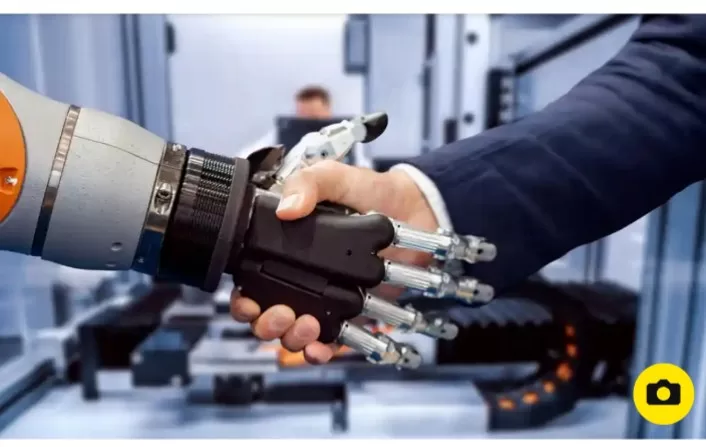In a recent study conducted at the Technical University of Berlin, researchers uncovered a fascinating aspect of human behavior in the presence of robots. The phenomenon of “social loafing,” where team members reduce their effort when they believe others will compensate for their output, was observed among individuals working alongside robots.
Dietlind Helene Cymek, the lead author of the study published in the journal Frontiers in Robotics and AI, expressed that teamwork can be a double-edged sword. While it can serve as a motivational factor, it also has the potential to diminish individual motivation due to the reduced visibility of personal contributions. The researchers aimed to explore whether this dynamic extended to human-robot collaboration.
To test their hypothesis, the research team engaged a group of workers in evaluating the quality of various tasks. Half of these participants were informed that the tasks were executed by a robot named Panda, although they did not directly interact with the robot but were able to observe and hear its operations.
The workers were tasked with inspecting circuit boards for errors, and their actions were monitored by the research team. Images of the circuit boards were initially obscured from view, revealing them only when participants actively requested access for inspection.
At first, the study found no significant statistical differences in the time spent inspecting circuit boards or the areas investigated for errors between the two groups: those who believed they were collaborating with a robot and those who were unaware of it. However, a striking divergence emerged when the researchers analyzed the error rates. The group working with Panda detected fewer defects once they saw the robot accurately identifying numerous errors. This phenomenon can be described as “looking but not seeing,” where individuals become less engaged when they perceive a colleague or resource as highly reliable.
Although the participants rated their own performance similarly, the researchers detected that, subconsciously, they had begun to assume that Panda was proficient at identifying defects.
Dr. Linda Onnasch, a senior author of the study, emphasized the challenge of assessing whether visual information is genuinely processed at a cognitive level.
This research offers intriguing insights into human-robot interactions and highlights the complexities of collaborative efforts in the age of automation and artificial intelligence. It underscores the need for a deeper understanding of how humans adapt to working alongside machines as they increasingly become part of the workforce.







